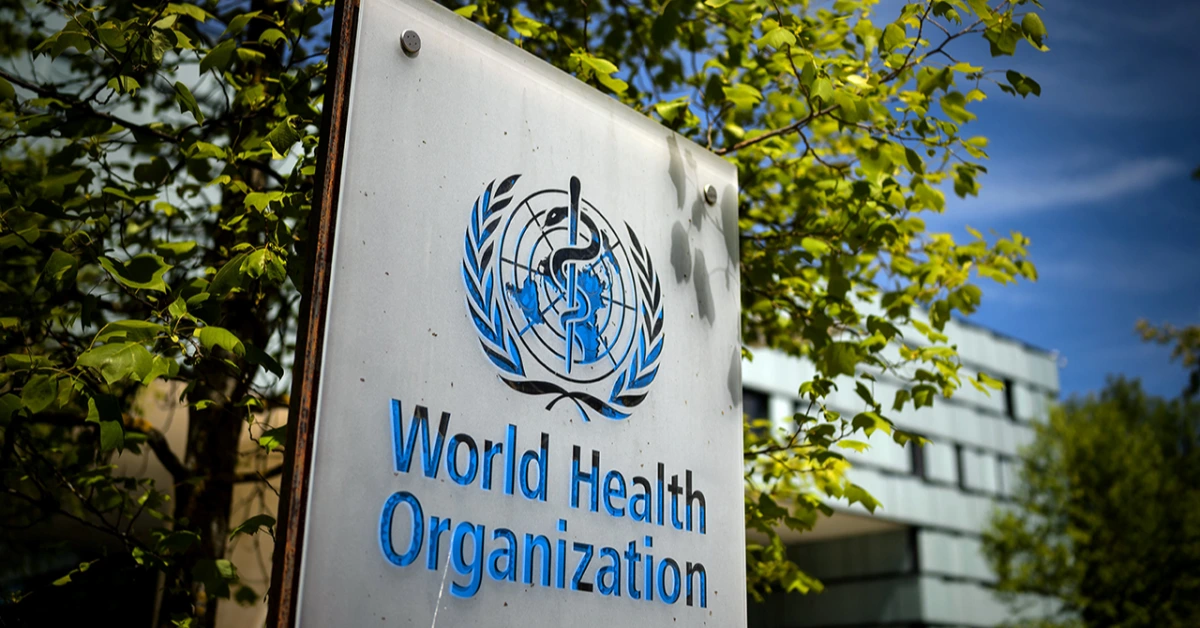
SWITZERLAND – The World Health Organization (WHO) has delayed critical reforms to its strategy for combating substandard and falsified medicines, despite mounting concerns over the global impact of fake drugs.
According to the WHO, one in every ten medical products in low- and middle-income countries is either substandard or falsified, contributing to over one million deaths each year.
During the 78th World Health Assembly on Monday, member states agreed to postpone updates to the WHO’s Member State Mechanism (MSM) on Substandard and Falsified Medical Products.
Delegates stated that more time was needed to refine a revised strategy and framework before moving forward.
This decision effectively postpones discussions on reform, even as experts warn that the crisis is deepening and continues to threaten lives and erode public trust in healthcare systems worldwide.
WHO Assistant Director-General for Access to Medicines and Health Products, Dr. Yukiko Nakatani, warned the assembly that the issue “remains one of the most pressing challenges to public health worldwide.”
She cited recent tragedies involving tainted cough syrups, counterfeit weight-loss drugs mimicking semaglutide (known commercially as Ozempic), and potent synthetic opioids infiltrating medicine supplies.
The illicit pharmaceutical market is estimated to be worth as much as $432 billion annually—more than 200 times WHO’s yearly budget—making it the world’s most lucrative criminal trade, surpassing arms, drugs, and human trafficking.
While some countries continue fighting falsified medicines at the national level, WHO has acknowledged it lacks the funds and capacity to support global coordination or assist countries in strengthening domestic systems. WHO officials attribute the shortfall to widespread cuts in global health and humanitarian funding.
Dr. Alex Ross, Director of Organizational Learning at WHO, said the delay includes a reassessment of the mechanism’s priorities amid ongoing financial constraints.
Yet the recently approved review of the MSM offers no concrete figures or fundraising goals to address these sustainability issues.
The burden falls hardest on vulnerable countries. Africa, with an estimated 18.7% prevalence of substandard and falsified medicines, suffers the most.
The African bloc at the assembly stressed that “millions of people in Africa continue to die from preventable causes” due to unsafe medical products.
A 2023 UN report recorded staggering annual death tolls in sub-Saharan Africa: 267,000 from fake antimalarials and 169,000 from counterfeit antibiotics used to treat childhood pneumonia.
“These are not isolated incidents,” Nakatani said. “They reveal systemic weaknesses in regulatory oversight, supply chain security, and global information sharing.”
A growing global threat
At a UN side event, Rutendo Kuwana, WHO’s team lead for falsified medicines incidents, estimated that health systems lose between US$ 75 million and US$ 200 million annually in treating victims of dangerous drugs.
Kuwana highlighted recent deaths linked to contaminated syrups—over 300 children in The Gambia, Indonesia, and Uzbekistan died in 2022 due to toxic industrial solvents used in place of pharmaceutical-grade ingredients.
Reported cases of substandard and falsified drugs doubled in 2023 compared to 2019. Beyond contaminated medicines, new threats are emerging – such as nitazenes, synthetic opioids even more potent than fentanyl.
These substances, found in counterfeit pills across Europe and North America, have been linked to a spike in overdose deaths, including a sharp increase in the UK this year.
“This is a global issue,” Kuwana said. “No country is immune.”
A failing system in need of reform
WHO officials admitted that their recent evaluation of the MSM confirmed long-standing concerns. Dr. Chikwe Ihekweazu, WHO’s interim Regional Director for Africa, said the mechanism remains vital but struggles with weak funding and inconsistent member engagement.
Public awareness remains low, and many countries lack robust surveillance systems, particularly against potent synthetic adulterants.
Still, there has been progress. Forty-five of 47 African nations now have designated focal points within WHO’s monitoring system—up from just five in 2020—which has enabled the issue of 39 alerts between 2020 and 2025.
Success at the national level
Nigeria demonstrates what strong national leadership can achieve. The country’s drug agency has inspected more than 11,000 drug shops, destroyed over 140 trucks of illegal medicines, and introduced risk-based classifications for manufacturers.
Nigeria is also promoting local production of essential drugs to reduce dependence on imports, which are more vulnerable to counterfeiting.
Dr. Ketut Putu Yasa from Indonesia emphasized the need for cross-border coordination and transparent supply chains, calling the situation “a global health emergency.”
Conflict-ridden regions, such as the Eastern Mediterranean, face significant challenges. War-torn countries such as Yemen rely heavily on illicit supply chains.
In Western Asia, up to 35% of medicines—ranging from vaccines to chemotherapy—are thought to be counterfeit due to weak regulation and chronic shortages. Criminal networks exploit both scarcity and poverty, selling fake drugs at inflated or deceptively low prices.
“Substandard and falsified medications compromise healthcare, increase deaths, and erode trust in public systems,” the Eastern Mediterranean bloc warned. “Conflicts and fragile health systems have all contributed to this problem.”
Youth and patients join the fight
Experts urged greater involvement from patients and young people. Dani Mochi, CEO of the International Alliance of Patients’ Organizations, said patients can help detect and report dangerous products.
Tanushree Jain, Chairperson of Public Health for the International Pharmaceutical Students’ Federation, called for a youth-led movement and proposed creating a dedicated fund for youth engagement.
“Young people can lead at the grassroots level,” Jain said. “They bring energy, innovation, and networks that can help protect communities.”
XRP HEALTHCARE L.L.C | License Number: 2312867.01 | Dubai | © Copyright 2025 | All Rights Reserved